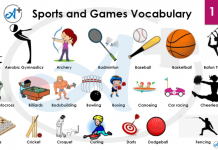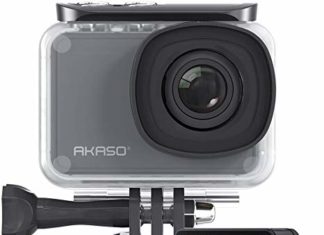In recent years, there has been a profound transformation in the educational landscape, significantly altering the methods of instruction compared to those employed a few years ago. Technology has played a key role in revolutionizing both the delivery and reception of education.
From the evolution of self-directed learning to the adoption of the flipped classroom approach, technology has exerted a substantial influence on pedagogical approaches.
Digital learning, with its more advantages, has now become an integral component of the education system. Information and communication technology (ICT) has brings in numerous benefits for digital learning and student-centered engagement. Emerging ICT trends in education have driven schools and universities to incorporate the latest advancements in educational technology to enhance the teaching and learning processes.
Top 15 Trends in Education Technology –
1.Remote and Blended Learning
The COVID-19 pandemic accelerated the adoption of remote and blended learning models. Schools were increasingly using video conferencing tools, learning management systems (LMS), and online resources to facilitate learning both in the classroom and at home.
2.Artificial Intelligence (AI) and Machine Learning
AI was being used to personalize learning experiences. Adaptive learning platforms and AI-powered tutoring systems were becoming more prevalent to cater to individual student needs.
Also Read: Human-Made Content Will Always Be Better Than AI
3.Augmented Reality (AR) and Virtual Reality (VR)
AR and VR technologies were being used to create immersive educational experiences. These technologies can transport students to different historical eras, simulate scientific experiments, and enhance understanding in various subjects.
4.1:1 Device Programs
Many schools were implementing 1:1 device program, where each student has access to a laptop or tablet. This facilitated digital learning and allowed students to access educational resources from anywhere.
5.Gamification and Game-Based Learning
Gamification techniques were being used to make learning more engaging. Educational games and platforms were designed to make learning fun while reinforcing educational concepts.
6.Blockchain for Credentials
Some schools and educational institutions were exploring blockchain technology to securely store and verify academic credentials and certificates.
7.Robotics and Coding
The emphasis on STEM (Science, Technology, Engineering, and Mathematics) education led to the integration of robotics and coding into the curriculum. Students were learning to code and program robots to solve real-world problems.
8.Internet of Things (IoT)
IoT was being used in schools to create smart classrooms. These classrooms had connected devices that improved energy efficiency, security, and overall classroom management.
9.Data Analytics
Schools were using data analytics to gain insights into student performance. This data-driven approach allowed for personalized instruction and early intervention for struggling students.
10.Cybersecurity Education
With the increased use of technology in education, cybersecurity education became crucial. Schools were teaching students about online safety, privacy, and digital citizenship.
11.Environmental Sustainability
Schools were adopting technology to reduce their environmental footprint. This included energy-efficient buildings, paperless classrooms, and eco-friendly technologies.
12.Accessibility Technology
Schools were focusing on making education accessible to all students, including those with disabilities, using assistive technology and accessible digital resources.
13.Cloud Computing
Cloud-based platforms and services were widely adopted for storage, collaboration, and access to educational resources from anywhere.
14.Collaborative Tools
Schools were using collaborative tools like Google Workspace and Microsoft Teams to facilitate communication and collaboration among students and teachers.
15.Professional Development for Teachers
Continuous professional development for teachers in using technology effectively in the classroom was a growing trend to ensure that educators could make the most of these tools.
Also Read: Now Teachers Can Monitor Students’ Reading Fluency With AI











![Extratorrents Is Down : Here Are The Best Alternatives To Extratorrent Top 14 ExtraTorrent Alternatives + 12 Mirror Sites [Updated 2020]](jpg/featured-100x70.jpg)